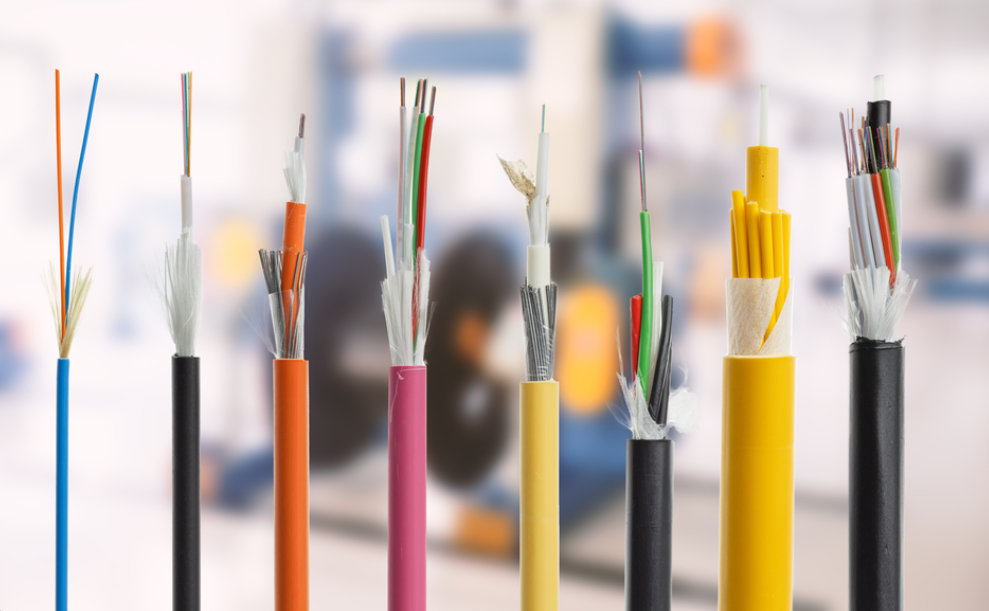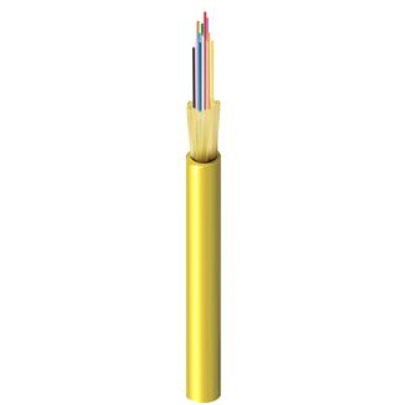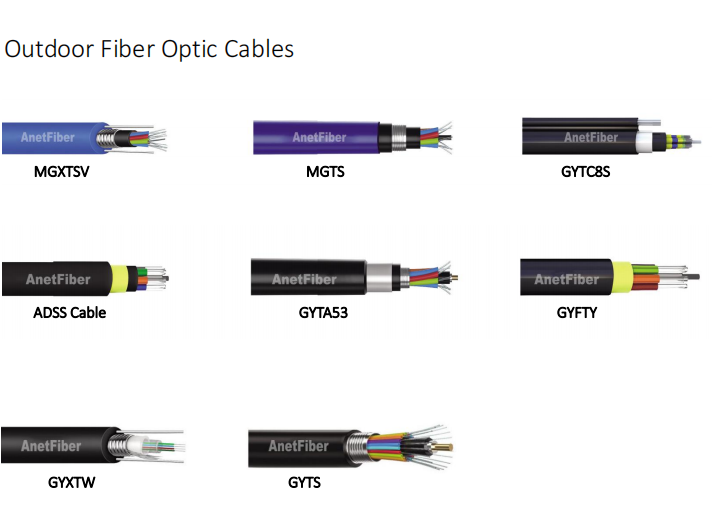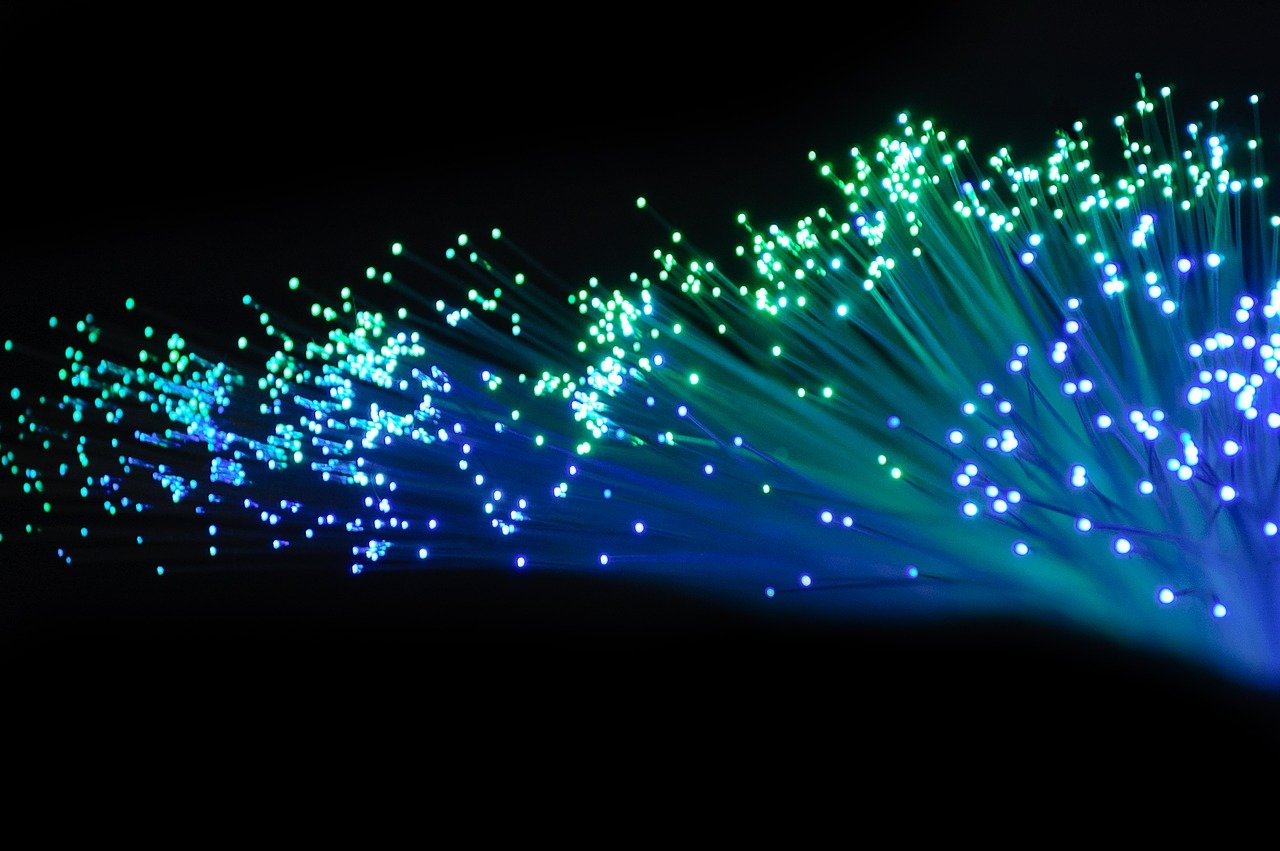Exploring Fiber Optic Cable Types: Single-Mode vs. Multi-Mode

Understanding Fiber Optic Cables
Fiber optic cables are an integral part of modern communication systems, enabling the transmission of data at high speeds over long distances. These cables consist of thin strands of glass or plastic called optical fibers that carry information in the form of light pulses. The use of fiber optic cables offers numerous advantages over traditional copper cables, including higher bandwidth, faster data transfer rates, and immunity to electromagnetic interference.
Choosing the right fiber optic cable type is crucial for ensuring optimal performance in various applications. Whether it's for telecommunications, internet connectivity, or data centers, selecting the appropriate fiber optic cable can significantly impact the efficiency and reliability of your network. In this blog, we will delve into the differences between single-mode and multi-mode fiber optic cables to help you make informed decisions based on your specific requirements.
Exploring Single-Mode Fiber Optic Cables
What is Single-Mode Fiber Optic Cable?
Single-mode fiber optic cables, also known as SMF or mono-mode cables, have a small core size typically measuring 9 microns in diameter. This small core allows for the transmission of light signals over long distances with minimal signal loss. The core's narrow size enables only one mode of light to propagate through the fiber, resulting in a focused and direct transmission.
Advantages of Single-Mode Fiber Optic Cable
Single-mode fiber optic cables offer several advantages that make them suitable for various applications:
Higher Data Rates and Longer Transmission Distances: Single-mode cables provide higher bandwidth capabilities, allowing for faster data rates compared to multi-mode cables. They can transmit data over much longer distances without significant signal degradation.
Better Signal Quality and Lower Latency: Due to their narrower core size, single-mode fibers experience lower dispersion and attenuation, resulting in better signal quality and reduced latency. This makes them ideal for applications that require high-performance and reliable connections.
Widespread Use in Telecommunications, Long-Haul Networks, and Data Centers: Single-mode fiber optic cables are extensively used in telecommunications networks, long-haul connections between cities or countries, and data centers where high-speed data transmission is crucial. Their ability to support long-range communication with minimal signal loss makes them an essential component in these industries.

Unveiling Multi-Mode Fiber Optic Cables
What is Multi-Mode Fiber Optic Cable?
Multi-mode fiber optic cables, also known as MMF or multi-fiber cables, have a larger core size typically measuring 50 or 62.5 microns in diameter. This larger core allows for the transmission of light signals over shorter distances but with higher signal loss compared to single-mode cables. The wider core size enables multiple modes of light to propagate through the fiber, resulting in a broader transmission path.
Advantages of Multi-Mode Fiber Optic Cable
Multi-mode fiber optic cables offer several advantages that make them suitable for specific applications:
Cost-Effectiveness and Ease of Installation: Multi-mode cables are more cost-effective than single-mode cables, making them an attractive choice for projects with budget constraints. Additionally, they are easier to install due to their larger core size, which allows for less precise alignment during installation.
Common Use in LANs, Short-Distance Communication, and Premises Networks: Multi-mode fiber optic cables are commonly used in local area networks (LANs), short-distance communication within buildings or campuses, and premises networks. Their ability to transmit data reliably over shorter distances makes them ideal for these types of applications.
Support for Higher Data Rates for Shorter Distances: While single-mode fibers excel at long-range communication, multi-mode fibers support higher data rates over shorter distances. This makes them suitable for applications where high bandwidth is required within a limited coverage area.

Single-Mode vs. Multi-Mode: A Comparative Analysis
Differences in Performance and Transmission
When comparing single-mode and multi-mode fiber optic cables, there are notable differences in their performance and transmission capabilities:
Single-Mode Fiber Optic Cables: Single-mode cables offer higher bandwidth and longer transmission distances compared to multi-mode cables. With their smaller core size, typically 9 microns, single-mode fibers can transmit light signals over much greater distances with minimal signal loss. This makes them ideal for applications that require high bandwidth and long-range communication.
Multi-Mode Fiber Optic Cables: On the other hand, multi-mode cables have a larger core size, typically 50 or 62.5 microns, which allows for shorter-distance transmission but with higher signal loss compared to single-mode cables. While they have lower bandwidth capabilities and shorter transmission distances, they are more cost-effective for shorter distances.
The choice between single-mode and multi-mode fiber optic cables depends on the specific requirements of the application. If you need to transmit data over long distances or require higher bandwidth, single-mode cables are the preferred option. However, if your application involves shorter transmission distances or has budget constraints, multi-mode cables may be more suitable.
Applications and Use Cases
Both single-mode and multi-mode fiber optic cables find applications in various industries:
Single-Mode Cables: Single-mode fibers are commonly used in long-haul networks that span across cities or countries. They are also prevalent in telecommunication systems where reliable high-speed data transmission is essential. Additionally, single-mode fibers play a crucial role in data centers that require efficient connectivity over extended distances.
Multi-Mode Cables: Multi-mode fibers are well-suited for local area networks (LANs), premises networks within buildings or campuses, and applications with shorter transmission distances. They provide cost-effective solutions for these scenarios while still supporting higher data rates within limited coverage areas.
When selecting the appropriate fiber optic cable type, it's crucial to consider factors such as budget, distance requirements, and desired bandwidth. Evaluating these aspects will help you make an informed decision that aligns with your specific needs.
Making Informed Decisions: Choosing the Right Fiber Optic Cable
Understanding the differences between single-mode and multi-mode fiber optic cables is crucial when it comes to selecting the right cable type for your specific needs. Factors such as distance, bandwidth requirements, and budget should be carefully considered in order to make an informed decision.
To ensure you choose the most suitable fiber optic cable, it can be beneficial to consult with experts in the field. Their expertise and knowledge can provide valuable insights and guidance, helping you navigate through the complexities of fiber optic technology.
By taking into account your application's unique requirements and seeking professional advice, you can confidently select the appropriate fiber optic cable that will deliver optimal performance and meet your communication needs.

See Also
Advantages of Waterproof Fiber Optic Cables: OptiTap MPO Multimode OM3 IP68-rated
Comprehending FTTR Invisible Fiber Cable: A Revolutionary Solution
The Strength of ADSS Fiber Optic Dead End Kits in Cable Networks
Exploring Outdoor Fiber Optic Connectors and Adapters: Ensuring Compatibility and Performance
Uncovering the Advantages of Waterproof Fiber Optic Adapters


